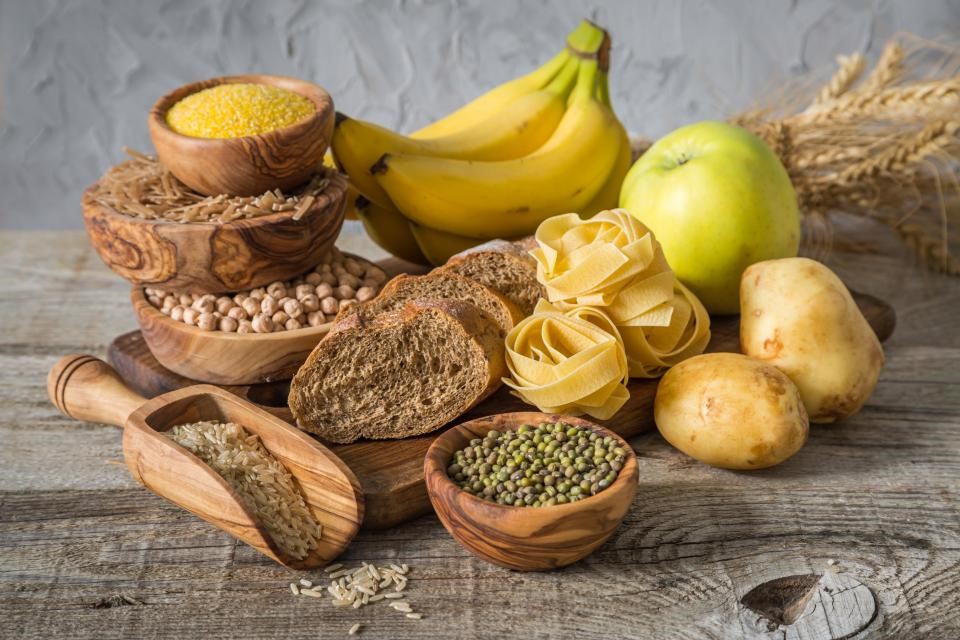The majority of our diets is carbohydrates – most of which is eventually converted to starches. Starches are long chains of sugar (glucose); which can be found in grains, legumes, potatoes, and other vegetables. The entire starch is not digested, as parts of it pass through the digestive tract without being processed. These parts are resistant to digestion and called “resistant starches”. Resistant starches pass through our digestive tracts for a number of reasons:
- Because the starch is bound inside a fibrous cell wall. (found in grains, seeds, and legumes).
- Some digestible starches convert to resistant starches via the cooking/cooling of starchy foods.
BENEFITS
Studies show regular consumption of resistant starches (like soluble fiber) can provide more health benefits, so let’s find the path to most resistance [starches]:
- Improved insulin sensitivity (up to a 50% improvement in 4 weeks with 15g/day)
- Lowered blood sugar levels
- Reduced appetite since resistant starches have ½ the calories as regular starches
- Better Digestion
Because resistant starches pass the stomach and small intestine intact, they feed the good bacteria in the colon and provide a number of health benefits by strengthening our microbiome. The benefits range from improved digestion to optimizing immunity. This happens because when our microbiome bacteria digest resistant starches, some compounds are formed – mainly gasses and short-chain fatty acids (like butyrate). Butyrate is the preferred fuel source of the cells in our colon. So resistant starches feed our bacteria AND our colon cells. In addition to providing nourishment for the cells in our colon, studies shows reduced pH, reduced inflammation, and reduced risk of colorectal cancer. These benefits translate into a great nutritional therapy for those with irritable bowel syndrome (IBS), inflammatory bowel disease (IBD) like Colitis and Crohn’s Disease, and other GI issues like constipation, diarrhea, and diverticulitis.
In animal studies, resistant starches show improved nutritional absorption, and weight loss. Using resistant starches as nutritional therapy for any reason may also improve the quality of life by reducing the risk of chronic disease (metabolic syndrome, type 2 diabetes, obesity, heart disease, and Alzheimer’s).
The path to most resistance [starch] (RS) leads you to these top food sources, especially when cooked and cooled.
- Oats
- Rice (Brown Rice is preferable)
- Bananas (Unripe is preferable)
- Potatoes (potato starch is preferable)
- Corn Tortillas
- Plantains
- Chickpeas
- Lentils
- Green Peas
- Beans



